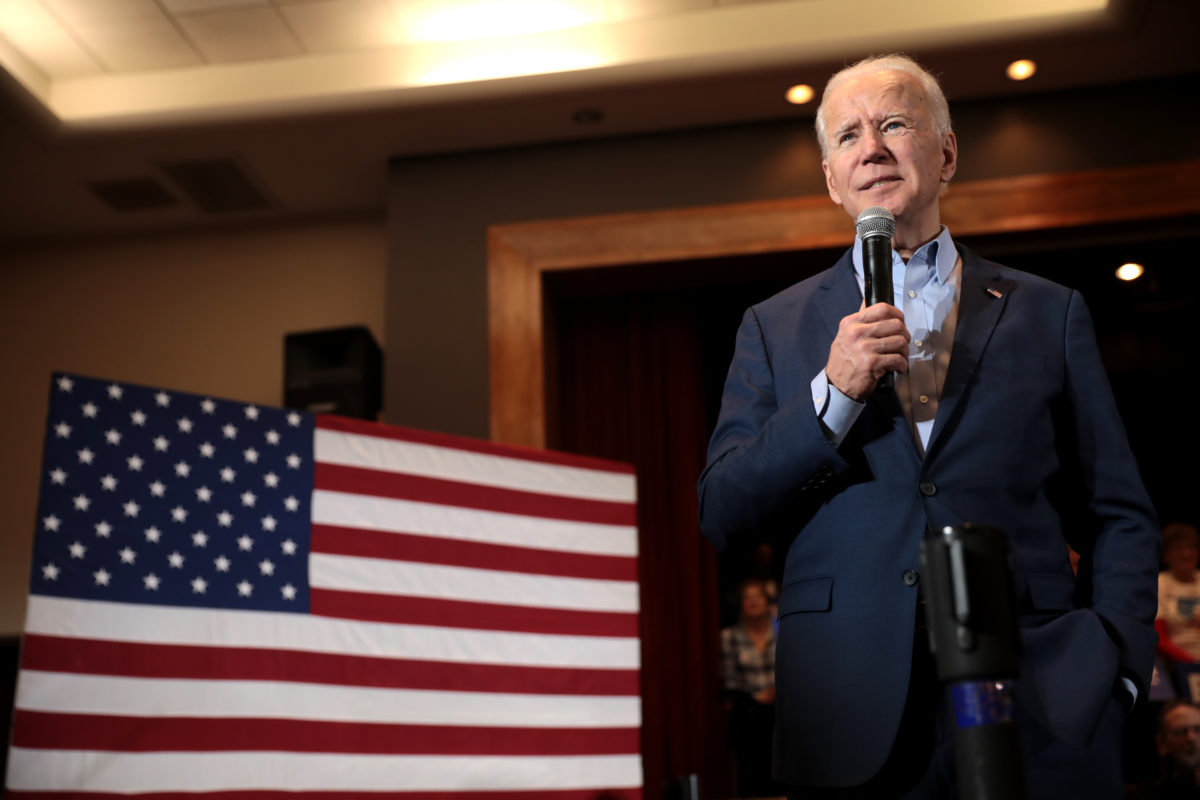Newly-inaugurated Joe Biden said one of his first executive orders as president of the USA would be to sign the country back into the Paris Agreement – the global commitment within the United Nations Framework Convention on Climate Change (UNFCCC) which deals with the reduction of greenhouse gas emissions and climate change adaptation and finance, initially signed in 2016.
He was as good as his word on that pledge yesterday and with media outlets reporting he would also cancel the Keystone XL Pipeline – planned to transfer Canadian tar-sand oil to Nebraska – on his first day in office, Biden did not disappoint. Tar sands are considered the world’s dirtiest fossil fuel and the Keystone pipeline sparked great controversy.
The USA matters
The sheer scale of the United States, whether ranked by size of population, economy or greenhouse gas emissions, means such decisions have a global impact.
In May, for example, the statistical office of the European Union published a document which stated that, in 2017, the gross domestic product (GDP) of the EU's 27 member states represented 16% of the global figure – expressed through the purchasing power standards unit used to level currency and price differences across the bloc. China and the United States were the two largest economies by that measure, with 16.4% and 16.3% of the global mix, respectively. Eight-month-old data may seem old but they were also the latest figures published by the global office of the International Comparison Program at the World Bank.
Of course, while the USA and China are about the same size for GDP in purchasing power standard terms, their respective GDP per capita figures differ markedly. Thus, according to the same dataset, in 2017 the shares of the USA, the EU – minus the U.K. – and China of global GDP in euros were 24.5%, 18.5% and 15.2%, respectively.
Similarly, when considering emissions, according to the Our World in Data website which provides statistics related to the world’s most pressing problems, the USA scored the highest share of global, cumulative CO2 emissions. Specifically, says the site, the USA, EU27 and China contributed 25.11%, 17.3% and 13.07% of the world’s CO2 emissions in 2018.
Having the USA rejoin the Paris Accord matters.
…but not as much as before
What differs, though, from the past, is that in policy terms, and regarding the world’s effort to embrace new-energy technologies, the USA has lost its leadership.
Last year was an astonishing 12 months – and not just in public health terms – with net-zero carbon ambitions stated by China and Japan pivotal policy statements.
In September, China’s president, Xi Jinping, said the country planned “to have CO2 emissions peak before 2030 and achieve carbon neutrality before 2060.” The announcement took the world by surprise, however it also demonstrated China’s desire to become a global leader in both climate and technology policy, ensuring the nation’s continuous growth.
Popular content
And if China’s announcement was not enough, the international climate action movement gathered additional momentum weeks later, when Japan’s government announced it would cut emissions to net zero by 2050.
Our World in Data figures attest Japan had a 3.97% share of the world’s CO2 emissions in 2018. The nation had the fifth largest share of global GDP in purchasing power standard terms – 4.3% – according to that EU study in May.
The two Asian superpowers have a climate policy ally in the EU. The European Council of Ministers in December 2019 approved a climate neutrality goal for 2050 and in March the EU formally submitted its long-term strategy to the UNFCCC, based on several scenarios for a mid-century vision.
The EU’s net-zero target for 2050 received an impressive boost in July, when the national leaders who make up the European Council approved the creation of a €750 billion Covid recovery fund that will mostly need to be spent on climate neutral projects and green growth.
The USA lacks a net zero goal at present and even after rejoining the Paris Accord, Trumpism and its associated climate change skepticism will continue to be present in U.S. society.
The 46th President of the United States will need to make the case for climate action and green growth very strongly to the American people and will try to show them the example set by the EU, China and Japan.
And even if the USA does not grasp the significance of the shift to climate-friendly technology, the world appears to have already embraced the change – and the job creation and development prospects that come with it. For once, America needs to look to the rest of the world and learn. The world would welcome such a move – but won’t wait eternally for it.
The views and opinions expressed in this article are the author’s own, and do not necessarily reflect those held by pv magazine.
This content is protected by copyright and may not be reused. If you want to cooperate with us and would like to reuse some of our content, please contact: editors@pv-magazine.com.


1 comment
By submitting this form you agree to pv magazine using your data for the purposes of publishing your comment.
Your personal data will only be disclosed or otherwise transmitted to third parties for the purposes of spam filtering or if this is necessary for technical maintenance of the website. Any other transfer to third parties will not take place unless this is justified on the basis of applicable data protection regulations or if pv magazine is legally obliged to do so.
You may revoke this consent at any time with effect for the future, in which case your personal data will be deleted immediately. Otherwise, your data will be deleted if pv magazine has processed your request or the purpose of data storage is fulfilled.
Further information on data privacy can be found in our Data Protection Policy.